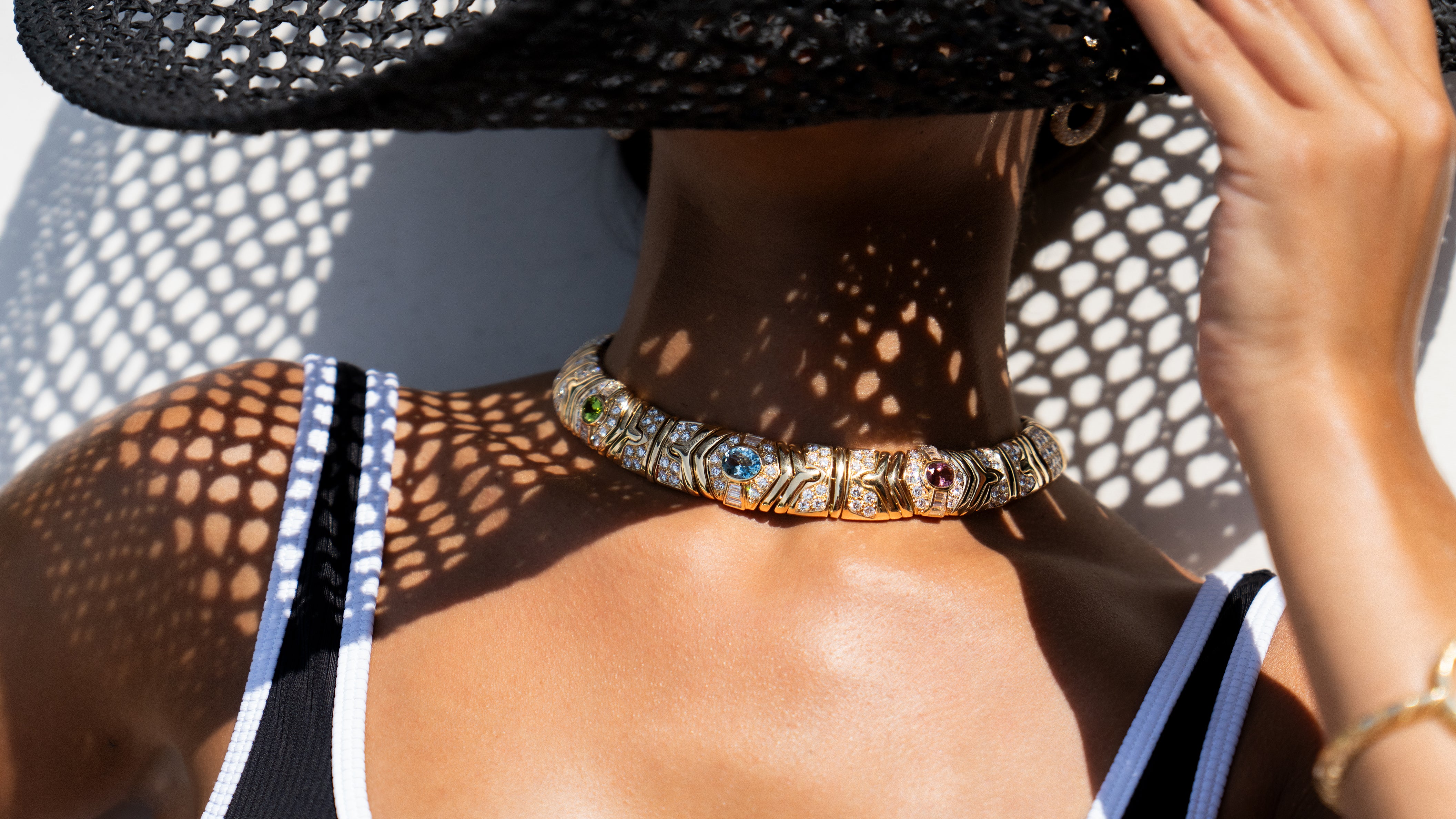Lapis Lazuli
Ultramarine Blue Gemstone

Lapis lazuli is an aggregate metamorphic rock comprised of several minerals; lazurite, calcite, and other minor constituents. Its color and mottling can range depending on the amount of each of these minerals.
Lapis' prized golden flecks that feature a gleaming metallic luster is the iron rich mineral pyrite. Lazurite is what gives the gem its coveted ultramarine blue coloring. Calcite provides white crystallized areas. Uniform blue color is the most valued, however, the speckled variations of the stone remain popular in all levels of the jewelry industry.
Afghanistan is known to produce the finest quality lapis lazuli and is the most significant source. The mountainous Northeastern terrain has been an important source throughout antiquity and continues to produce today. Other major deposits are in Russia and the Andes mountains of Chile.

History of Lapis
Historically lapis has always been significant with its regal blue coloring and flashes of what could be interpreted as gold. There are many mentions of the gem in historical texts such as the bible and the story of Gilgamesh.
Lapis decorated Greece, the Roman Empire, ancient Egypt, and Mesopotamia. Then it navigated its way to Europe through trade routes. Here during the Renaissance lapis was inlaid as mosaic for church apses as a representation of heaven.
Being an aggregate, lapis was easily crushed to be used as the pigment ultramarine blue. This color was wielded by several masters throughout time; Michelangelo's Sistine Chapel, Titian's Bacchus & Adriadne, and Van Gogh's Starry Night. The hue was unparalleled in bringing the majesty of the sky to life.
In Jewelry
Lapis is surprisingly versatile for being an opaque stone. The stone can be carved, formed into a bead, or cabochon. Its aggregate nature allows it to be crushed into a powder that can be used as inlay to achieve all sorts of shapes. Its deep hue is striking with a subdued greasy finish which will contrast its faceted transparent gem counterparts. When used effectively, lapis can curate an imaginative objet d'art.
Learn how to care for lapis jewelry

Care
Lapis is a very sensitive stone. It is typically carved, fashioned as cabochons and beads, or cut for inlay. Common treatment is a wax coating to "stabilize" its color and to prevent the porous stone from absorbing perfumes, oils, or other chemicals.
Since lapis is very soft it should only be wiped clean with a soft cloth and always wrapped when stored. Be sure to avoid harsh chemicals when wearing lapis or any type of jewelry.
